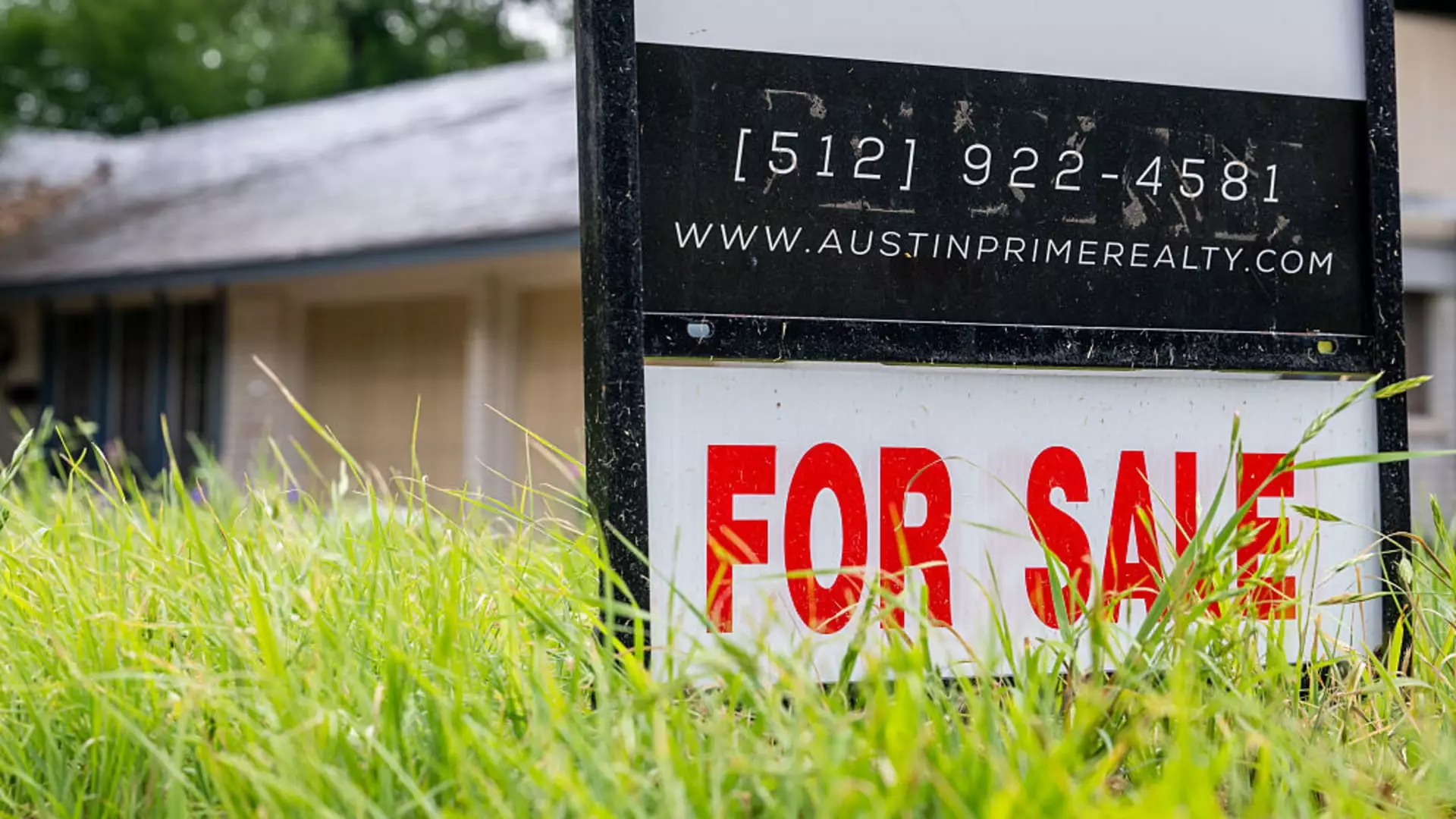The mortgage landscape over the past week has revealed some alarming trends that should raise eyebrows among policymakers and potential homeowners alike. The Mortgage Bankers Association recently reported a 4% drop in applications for home mortgages, bringing the appetite for homeownership into question amid growing economic concerns. The more telling figure is that this current slump has resulted in volume being only 3% higher than it was a year ago, a period during which interest rates were significantly higher. This dual reality paints a grim picture of a market that is losing its vibrancy as consumers grapple with uncertainty.
Subtle Rate Changes, Stark Implications
In a moment where the average contract interest rate for a 30-year fixed mortgage slipped slightly to 6.89%, one might assume affordability is improving. However, the overlooked detail here is that the corresponding points have increased, shifting from 0.66 to 0.67. This seemingly minor alteration can have serious implications for borrowers, especially when combined with a fragile economic outlook. While a decrease in rates may sound like favorable news, it may not be sufficient to stimulate the market, especially in the face of real fears over the labor market and looming economic instability.
FHA Programs: A Beacon Amidst Shadows
Not surprisingly, first-time homebuyers are continuing to show interest, albeit in a climate of skepticism. The Federal Housing Administration (FHA) purchase applications saw only a minor slide, highlighting that those new to homeownership are still seeking opportunities, possibly informed by the growing inventory in various markets. It is crucial, however, to consider why first-time buyers are still engaging in a market where others are retreating. This could be an indication of desperate measures being taken by those who feel compelled to make a move before conditions deteriorate further.
Refinancing Retreat: A Cautionary Tale
Refinancing activities have plummeted by 4% over the week, leading to an alarming 42% uptick compared to the same week last year. This contradiction illustrates how even though more homeowners have been considering refinancing, many are hesitant to proceed while rates hover near the 7% mark. The average size of refinance loans dipped to under $290,000, its lowest in three months, suggesting that people may not only be wary of market conditions but are also less inclined to take risks with large sums. This caution is unsettling in a market that has relied on the refinancing wave to buoy itself.
A Call for Action
The troubling trends emerging from recent mortgage data are indicative of a housing market in turmoil. Policymakers should not ignore these signs; rather, they need to recognize the potential for long-term ramifications. With homebuyers stepping back and refinancing waning, it is essential for the government and financial institutions to consider interventions that stabilize the market. Providing support for first-time buyers and ensuring that the labor market does not decline further could be crucial steps to tip the scales back toward a more balanced housing market. If these issues are left unaddressed, the repercussions could echo through the economy for years to come.

